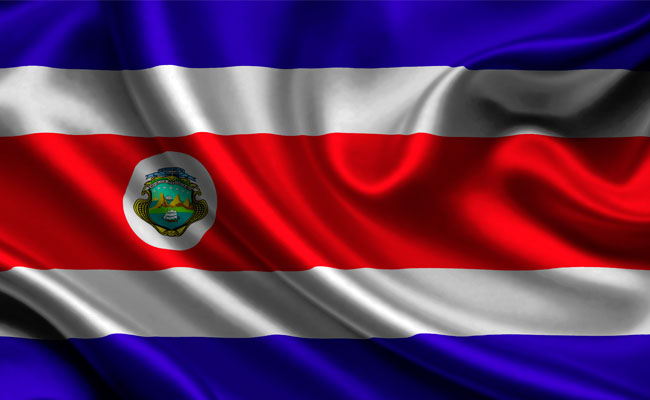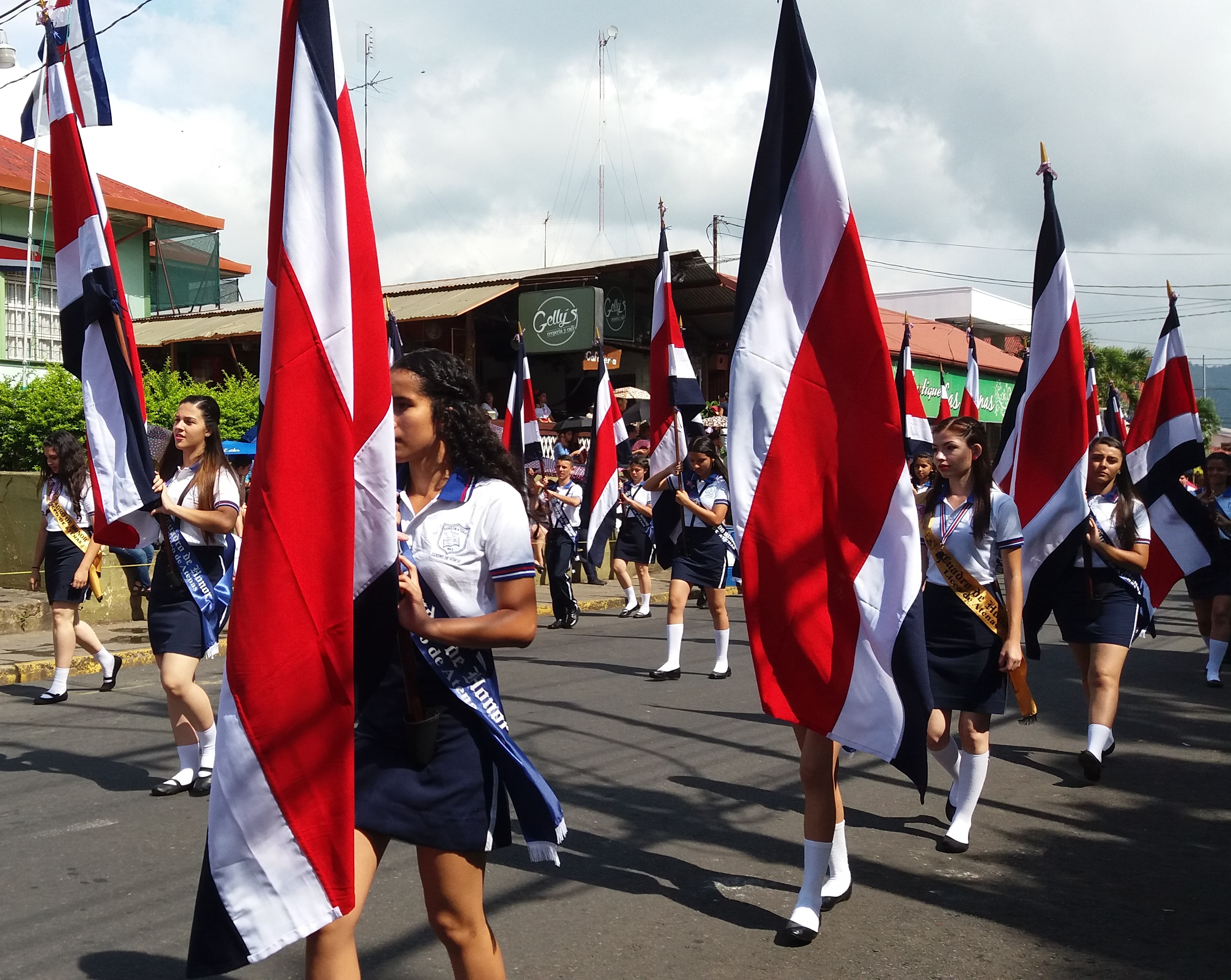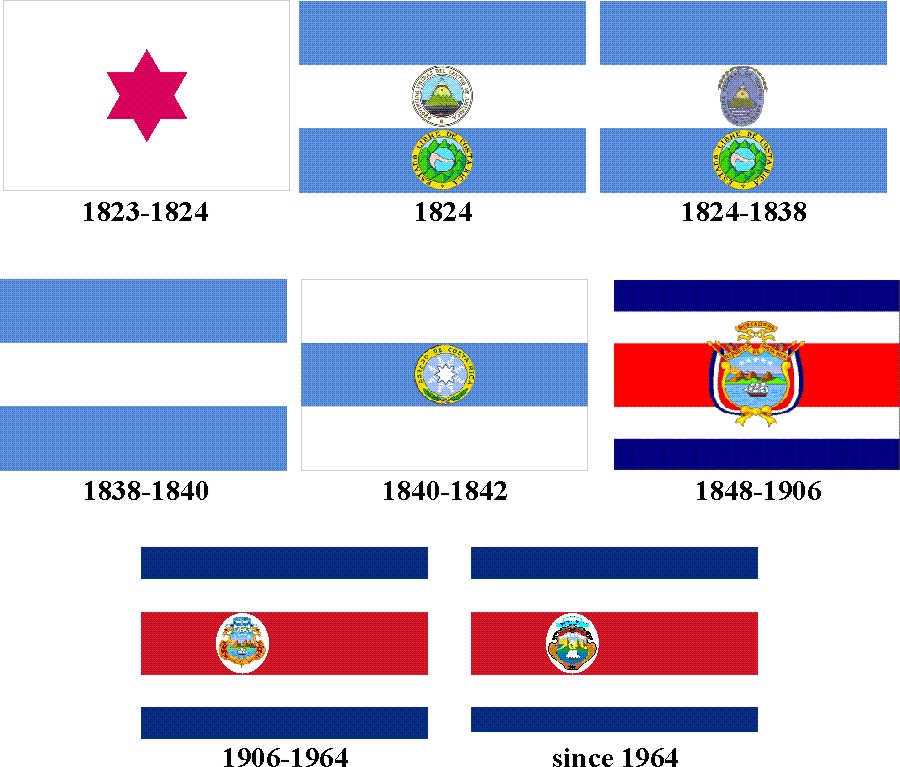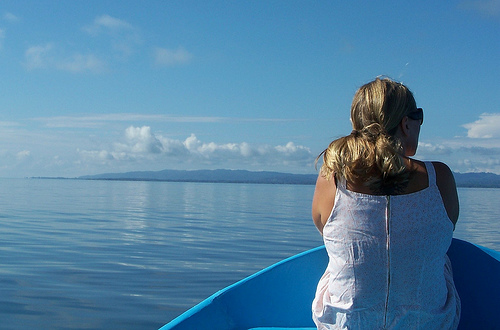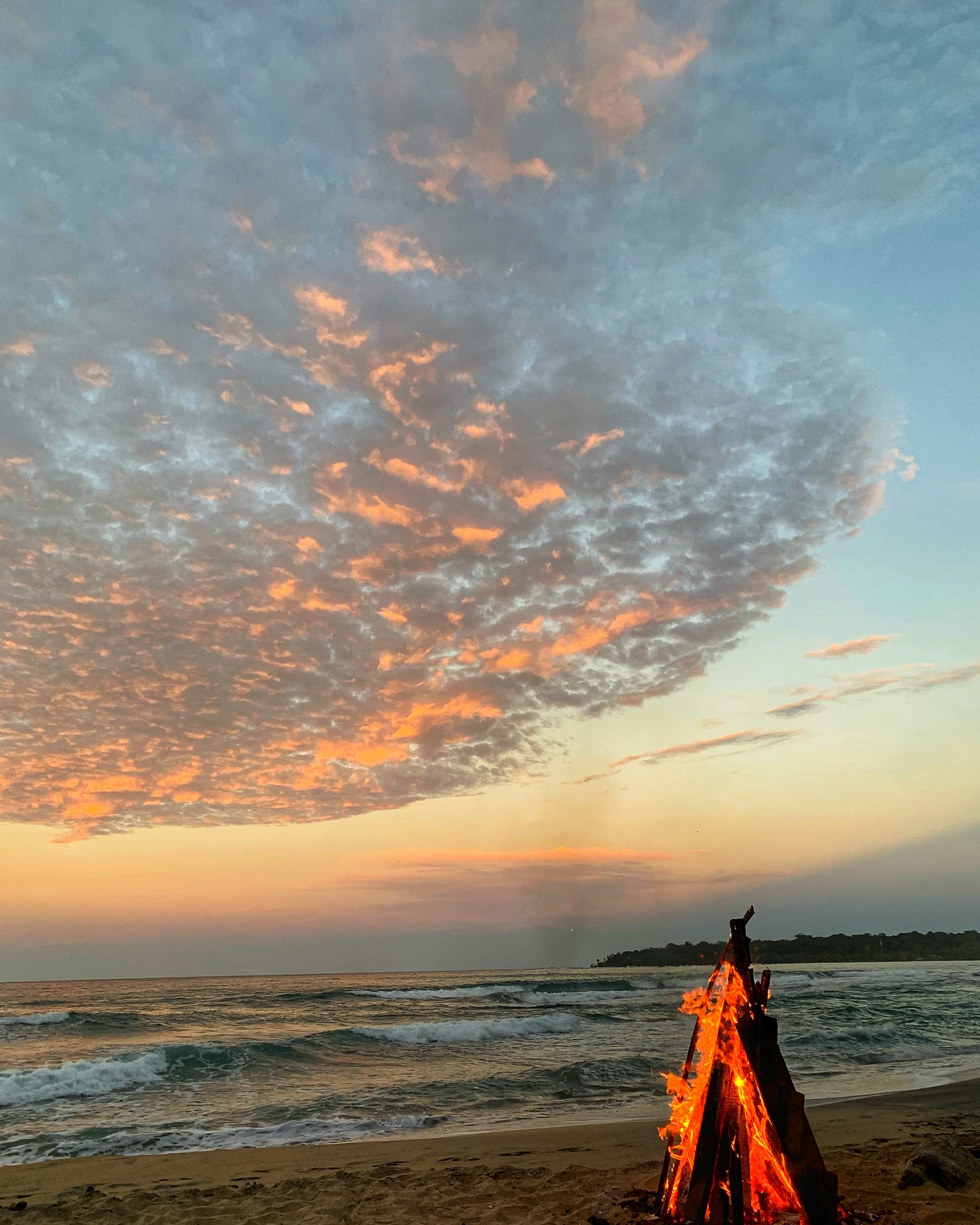Costa Rica Independence Day on Sept. 15 celebrates 196 years of freedom. Learn 15 interesting patriotic facts about Costa Rica and celebrate with the nation!
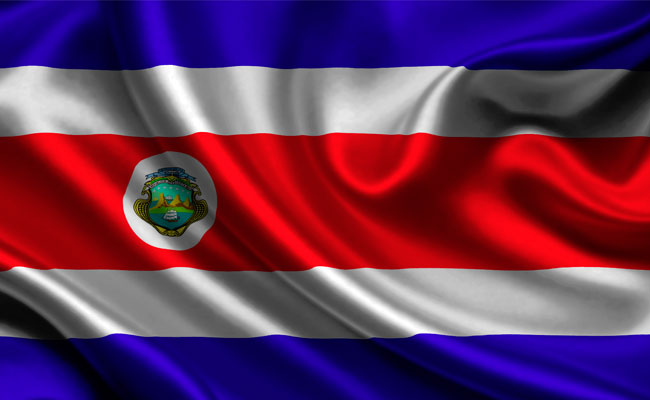 Costa Rica celebrates its Mes de la Patria, or “Month of the Nation” in September, centered around Costa Rica’s Independence Day on Sept. 15.
Costa Rica celebrates its Mes de la Patria, or “Month of the Nation” in September, centered around Costa Rica’s Independence Day on Sept. 15.
It is a festive time full of colorful celebrations and parades. Businesses, homes and even cars are festooned for the month with blue, white and red Costa Rican flags, banners and decorations. Drumming can be heard from all schools as student marching bands practice for the big Independence Day parades.
Here are 15 interesting patriotic facts about Costa Rica’s Independence Day. Happy Independence Day Costa Rica!

- Costa Rica celebrates its 196th year of independence from Spain this year on Sept. 15. The country shares its independence day with Guatemala, El Salvador, Honduras and Nicaragua.
- On Sept. 15, 1821, a Central American congress signed “The Act of Independence” declaring that Guatemala, El Salvador, Honduras, Nicaragua and Costa Rica were free and independent of the Spanish Empire.
- Although Sept. 15 is the day when independence was declared, it took a month for the news to arrive in Costa Rica – on Oct. 13. Why? It took that long for the messenger to ride his horse from Guatemala with the official notice!
- Unlike other countries in the Americas, there was no fight for independence in Central America. Depleted by the war with Napoleon Bonaparte, and a few Latin American wars, Spain actually supported Central American independence because the region had become a burden for the empire.

- Costa Rica finally became an independent nation in 1838, when it separated from the Central American Republic.
- Every year, a symbolic independence torch travels from Guatemala to Costa Rica’s colonial capital of Cartago, east of San José, arriving on Sept. 14. Like the Olympic torch, the independence torch is carried across the Central American countries in a relay by runners.
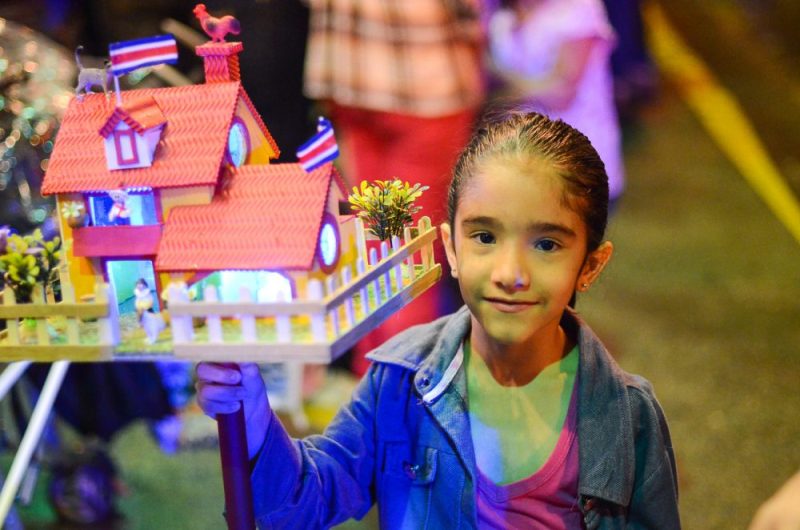
Costa Rica Independence Day traditional lantern parade (Desfile de faroles), image by The Tico Times - The Desfile de Faroles kicks off Independence Day celebrations on the evening of Sept. 14. In every town across the country, schoolchildren and their parents hold a traditional nighttime parade with lanterns. Kids carry colorful homemade paper and wooden “lanterns” (nowadays with LED lights) in the shape of houses and other objects to reenact the 19th-century journey that brought the message of independence to Costa Rica.
- Parades on Sept. 15 show off school marching bands, color guards and folkloric dancers. Traditional foods are usually sold by street vendors.
- In the parades you’ll see Costa Rican traditional clothing. Men usually wear white cotton pants and a white button-up shirt with a red sash belt, a red handkerchief tied at the neck, and a straw hat. Women wear long, flowing, vivid multi-colored skirts in layers, with a white, ruffled, sleeveless blouse (usually embroidered or with ribbons), a choker band necklace, and their hair pulled up in complicated braids or a bun and decorated with a big flower.
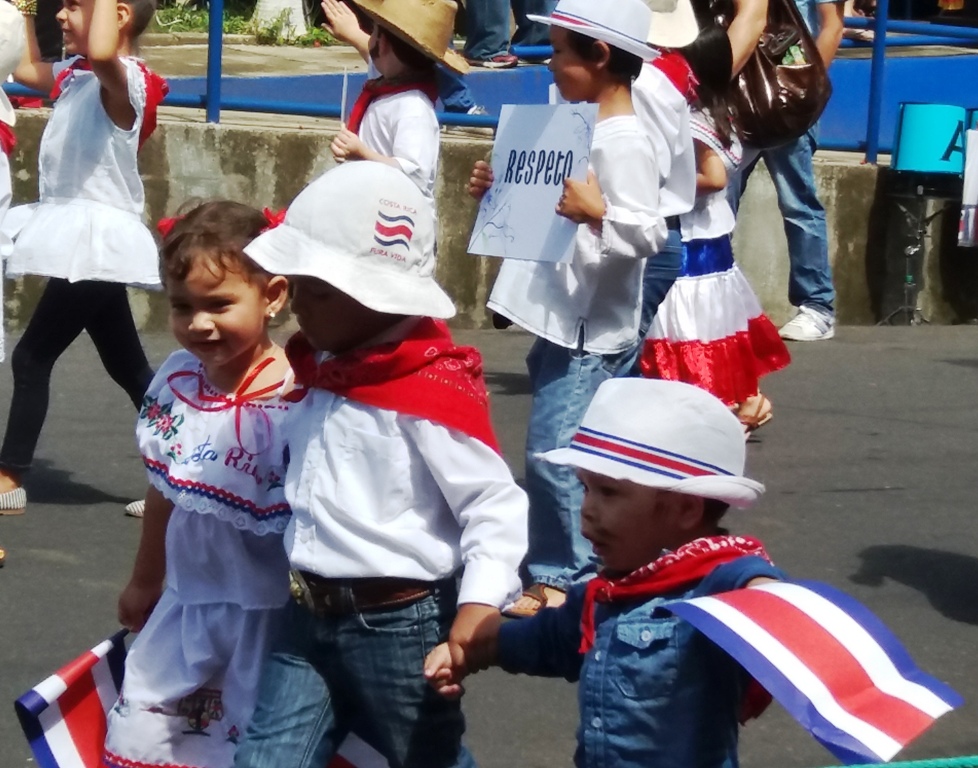
Children show off Costa Rican traditional clothing in an Independence Day parade, photo by Shannon Farley - Costa Rica’s national anthem was originally created in 1853, with the music composed by Manuel María Gutiérrez, but it wasn’t until 1900 that the current lyrics were added by José María Zeledón Brenes.
- Costa Rica is a democratic and peaceful country and has not had an army since 1948.
- Costa Rica’s national flag is striped blue, white, red, white and blue. The color blue signifies the sky and endless opportunity, white is for peace, and red is for the warmth and courage of the Costa Rican people.
- There have been eight versions of Costa Rica’s flag since it was first created in 1823. The current version has been in place since 1964.
- The National Seal of Costa Rica features three green volcanoes representing the nation’s three principal mountain ranges, a distinct Central Valley, the two oceans of the Pacific and Caribbean that border the nation, and merchant ships that symbolize commerce and the country’s maritime history. A rising sun represents Costa Rica’s prosperity, and the seven stars in the sky are for the country’s seven provinces. Two myrtle branches, above the words “Republica de Costa Rica”, symbolize Costa Rica’s peaceful nature. The seal is framed in gold with small circles that represent coffee, known in Costa Rica as “golden beans”.
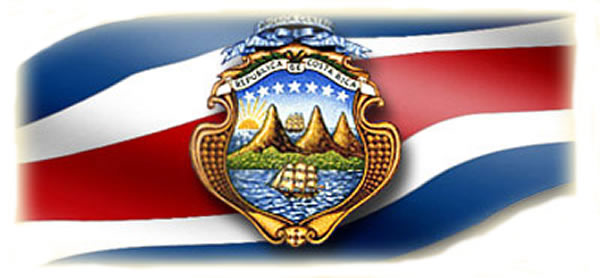
- Sept. 15 is a national holiday and businesses, banks and government institutions will be closed. Since it is a national holiday and this year with it falling on a Friday, most people will take advantage of the long weekend for a vacation – going to places like the country’s many beaches or to exciting destinations like Hacienda Guachipelin at Rincon de la Vieja Volcano in Guanacaste.
Article by Shannon Farley



